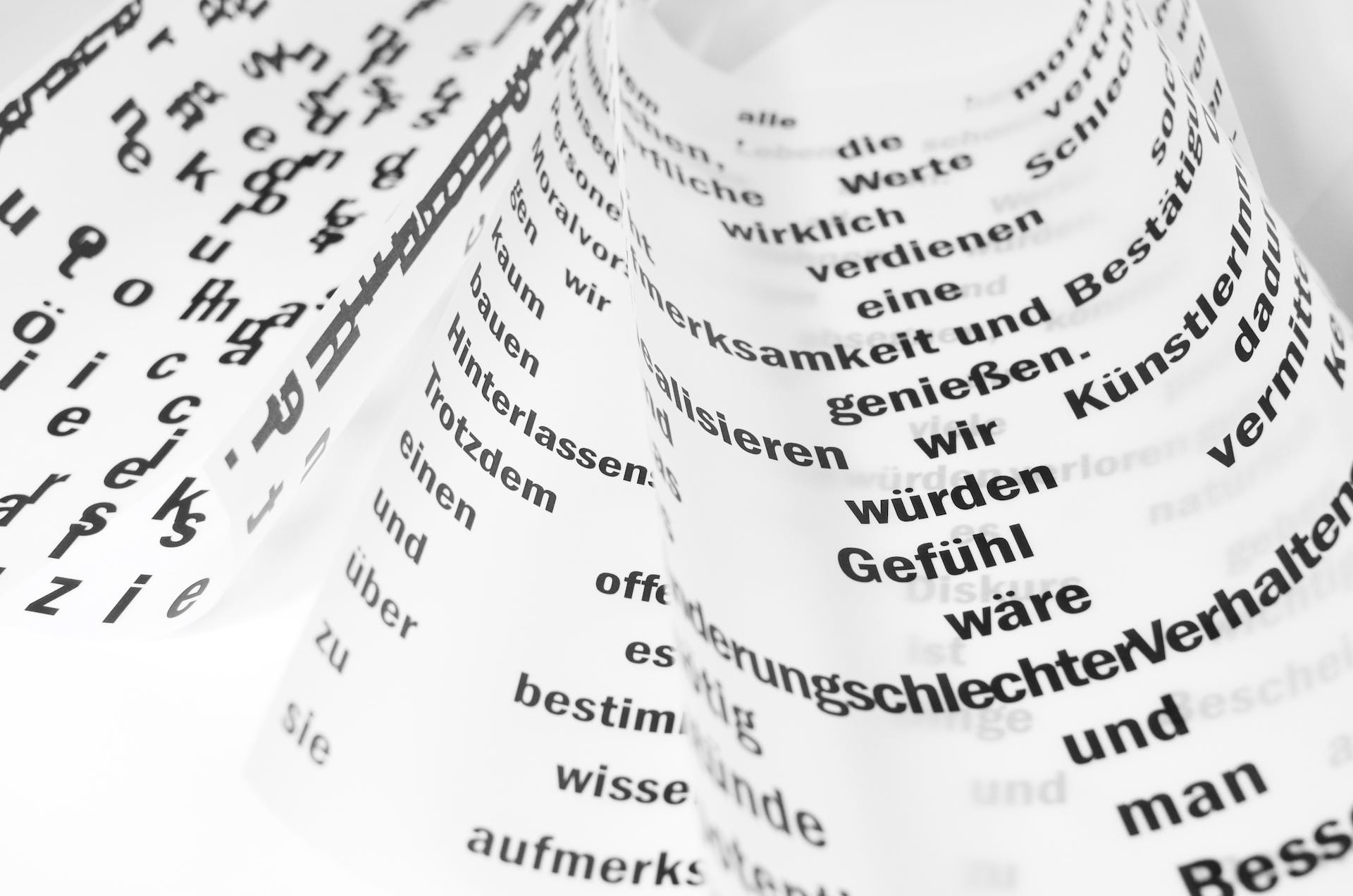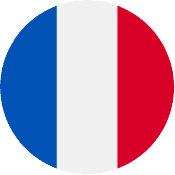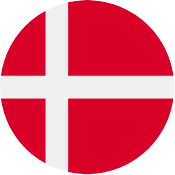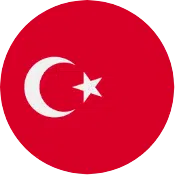
German Alphabet – A to Z
Learning the German alphabet is an important part of learning German! If you are a beginner student of German, knowing how to pronounce them would be the first part. It might be hard at the beginning, but no worries, our guide can help you through it.
The German alphabet is similar to English. Uses the Latin alphabet as base and has some extra vowels and consonants. There is the usual A to Z with some special letters such as ä, ö, ü and ß. Get ready to start learning German!
The German Alphabet
The German alphabet is similar to English, sharing the same 26 letters (A-Z). However, it has 4 extra characters: ä, ö, ü (with dots above, called umlauts) and ß (like a double s). These represent unique sounds not found in English. While some consider them separate letters, others see them as modifications of existing ones. The total count either 26 or 30, depending on who you ask.

A – Z: German Alphabet
A (ah): Pronounced like the “ah” in “father”. It can be short or long depending on the word and surrounding letters.
Ä (eh): Similar to the long “e” sound but slightly more open and brighter. Imagine saying “e” with a wider smile.
B (bay): It denotes a voiced bilabial stop formed by closing the lips together and releasing them to produce the sound.
C (tsay): Pronounced either “ts” or “k” depending on context, “ce” produces the sound “ts” before the vowels “e,” “i,” or “y,” and “k” before “a,” “o,” or “u.”
D (deh): Forms a voiced dental/alveolar plosive, as in “Danke” (thank you).
E (ay): Can be pronounced in two ways:
- Short “e”: Like the “e” in “bed”. Occurs when followed by two consonants, a doubled consonant, or a silent h.
- Long “e”: Like the “ay” in “say”. Occurs when followed by a single consonant or when the vowel itself is final.
F (eff): Pronounced as “f” and often found in words like “Fisch” (fish) or “Feuer” (fire).
G (geh): Pronounced as “g” as in “Garten” (garden) or as a soft sound like “ch” in “Giraffe” (giraffe) depending on context.
H (hah): Represents the sound “h” as in “Haus” (house) and can also appear in combination with other letters to form digraphs.
I (eeh): Pronounced like the “ee” in “see”.
J (yot): Pronounced “yot” or “yuh,” it’s a letter that can be pronounced as a consonant “y” sound or, in some cases, as a “j” sound.
K (kah): Pronounced as “k” as in “Kaffee” (coffee) and often appears at the beginning or middle of German words.
L (ell): Represents the sound “l” as in “Lampe” (lamp) and is frequently found in various German vocabulary.
M (emm): Pronounced as “m” as in “Mutter” (mother) and commonly appears in different positions within German words.
Sign up for our offers
Exclusive discounts on your course with Cactus directly on your inbox!
N (enn): Represents the sound “n” as in “Nase” (nose) and is an integral part of many German words.
O (oh): Can be pronounced in two ways:
- Short “o”: Like the “o” in “hot”. Occurs when followed by two consonants, a doubled consonant, or a silent h.
- Long “o”: Like the “oh” in “boat”. Occurs when followed by a single consonant or when the vowel itself is final.
Öö (oeh): Pronounced like the “er” in “bird”.
P (pay): Pronounced as “p” as in “Pflanze” (plant) and often found at the beginning or middle of German words.
Q (koo): Represents the sound “kuh” and is often followed by “u” in German words, as in “Quelle” (source).
R (air): The pronunciation varies across dialects and regions, represented by the letter “r” in German.
S (es): Pronounced as “s” as in “Sonne” (sun) or as “z” as in “Haus” (house) depending on context.
ß (ss): Used after long vowels or diphthongs to indicate a preceding short vowel sound, as in “Maß” (measure) or “Straße” (street). It is primarily used in German to signify a double ‘s’ sound
T (tay): Pronounced as “t” as in “Tisch” (table) and frequently occurs in various German vocabulary.
U (ooh): Pronounced like the “oo” in “moon”.
Üü (ueh): Similar to the French “u” or the vowel sound in “few”.
V (fow): Pronounced either like “f” or “v” depending on context within a word, significant in German pronunciation.
W (vay): Pronounced either like “v” or “w” depending on its context within a word, essential in German pronunciation.
X (iks): Representing the sound “ks,” often present in loanwords in German.
Y (oopsilohn): Similar to the English ‘y’ when used as a consonant. As a vowel, it sounds like the ‘ee’ in “see.”
Z (tset): Pronounced as “ts” as in “Zebra” (zebra) or as “z” as in “Zug” (train) depending on context.
The Latin Alphabet
The base of the German writing game is the Latin alphabet – just like in English. From A to Z, but with some added letter such as Ä, Ö, and Ü. These letters bring some unique sounds to the German alphabet. For example, say “Äpfel” (apples), and the Ä sounds like the “e” in “bet.”
Special Characters
For example Eszett (ß). It’s an important letter to create a sharp “s” sound. Try saying “groß” (big) or “Straße” (street), and you will catch the drift. Knowing these characters is great to improve your German skills.
Listen to the German alphabet pronunciation:
Next Steps to Learn German
The German alphabet is where it all begins when learning German. Start with the basics and move to the special characters and improve your pronunciation. Check other free German resources and articles that can help you learn the language. Remember, learning a language starts with small steps.
If you are ready to learn German check our German language courses online, face-to-face and private classes. Start by choosing the best German course for you.

 French
French German
German Italian
Italian Spanish
Spanish Arabic
Arabic Cantonese
Cantonese Czech
Czech Croatian
Croatian Danish
Danish Dutch
Dutch English
English Greek
Greek Hebrew
Hebrew Hindi
Hindi Japanese
Japanese Korean
Korean Norwegian
Norwegian Polish
Polish Portuguese
Portuguese Russian
Russian Swedish
Swedish Thai
Thai Turkish
Turkish Ukrainian
Ukrainian